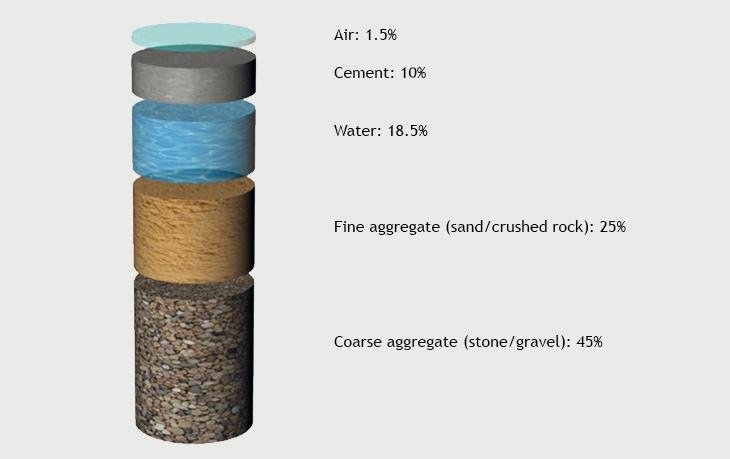Concrete, the most widely used building material in the world, has long been a significant contributor to global carbon emissions. However, a wave of innovative technologies is emerging to revolutionize the concrete industry, paving the way for a more sustainable future in construction.
One of the most promising developments in low-carbon concrete technology is the use of option binders. Traditionally, concrete relies heavily on Portland cement, which is responsible for a large portion of the material’s carbon footprint.Now, companies are developing novel binders that can partially or completely replace conventional cement, dramatically reducing emissions.
As an example, some startups are using calcium silicate rocks rather of limestone to produce cement. This approach eliminates the carbon dioxide emissions associated with the calcination process of customary cement production. The resulting product behaves similarly to conventional cement but with a fraction of the environmental impact.
Another innovative approach involves the use of industrial byproducts and waste materials as supplementary cementitious materials (SCMs). Fly ash from coal combustion, ground granulated blast furnace slag from steel production, and silica fume from silicon manufacturing are being incorporated into concrete mixes. These materials not only reduce the amount of cement required but also improve certain properties of the concrete, such as durability and resistance to chemical attack.
Geopolymer cements represent another exciting frontier in low-carbon concrete technology. These inorganic polymers are created from aluminosilicate materials and can be used as a complete replacement for Portland cement in some applications. Geopolymer concrete has shown promising results in terms of strength and durability while significantly reducing carbon emissions.
Carbon capture and utilization (CCU) technologies are also making waves in the concrete industry.Some companies have developed processes to inject captured CO2 into fresh concrete, where it reacts with calcium ions to form calcium carbonate. This not only sequesters carbon dioxide permanently but also enhances the strength and durability of the concrete.
Electrification of cement production is another area of innovation. Researchers are developing electric kilns and calciners that can replace fossil fuel-powered equipment in cement plants. When powered by renewable energy sources, these electric alternatives can dramatically reduce the carbon footprint of cement production.
Advances in mix design optimization are also contributing to the development of low-carbon concrete. By carefully selecting and proportioning materials, engineers can create concrete mixes that maintain or even improve upon the performance of traditional concrete while significantly reducing cement content.
Some startups are taking a biological approach to concrete production. For example, one company has developed a process that uses algae to produce a cement-like binder, while another is exploring the use of bacteria to bind aggregates and sand together into a material that performs similarly to conventional concrete.
The construction industry is also seeing innovations in carbon mineralization techniques. These processes involve using CO2 captured from industrial plants or directly from the air to create synthetic limestone or other carbonate minerals that can be used as aggregates in concrete production.
Digital technologies and automation are playing a crucial role in optimizing concrete production and reducing waste. Advanced sensors and data analytics allow for more precise mixing and curing processes, ensuring that concrete is produced with minimal excess and maximum efficiency.
While these technologies show immense promise, challenges remain in scaling them up to meet the enormous global demand for concrete. Issues such as cost competitiveness, performance validation, and integration with existing industry standards and practices need to be addressed.
Though, the momentum behind low-carbon concrete solutions is building. Government regulations, green building standards, and increasing consumer awareness are driving demand for more sustainable construction materials. Many large construction and cement companies are investing in these technologies, recognizing the need to reduce their environmental impact.
As these novel technologies continue to develop and mature, the concrete industry is poised for a significant transformation. The path to widespread adoption of low-carbon concrete may be complex,but the potential benefits for our planet are immense. With continued innovation and investment, the future of construction looks set to be built on foundations that are not only strong but also sustainable.




